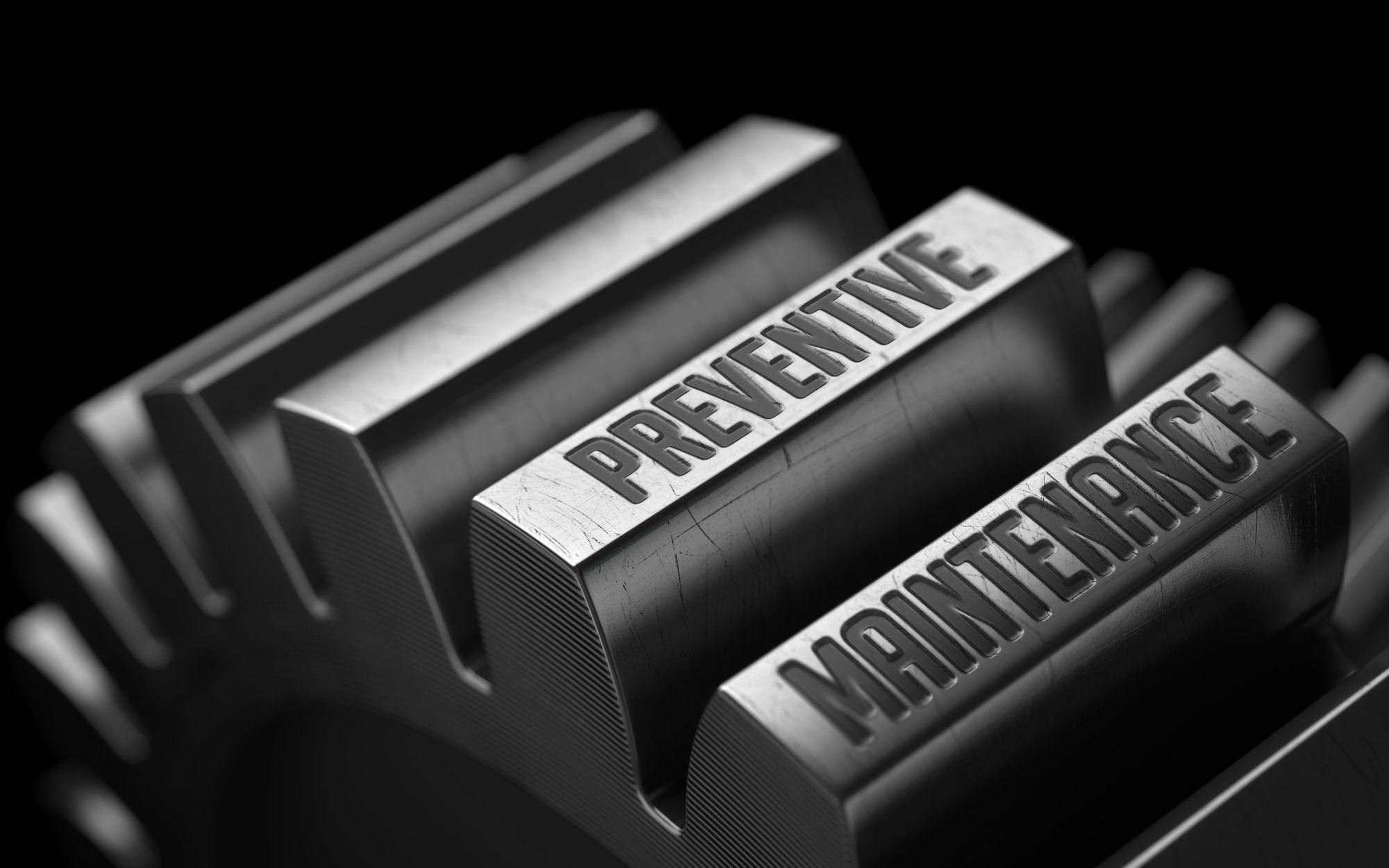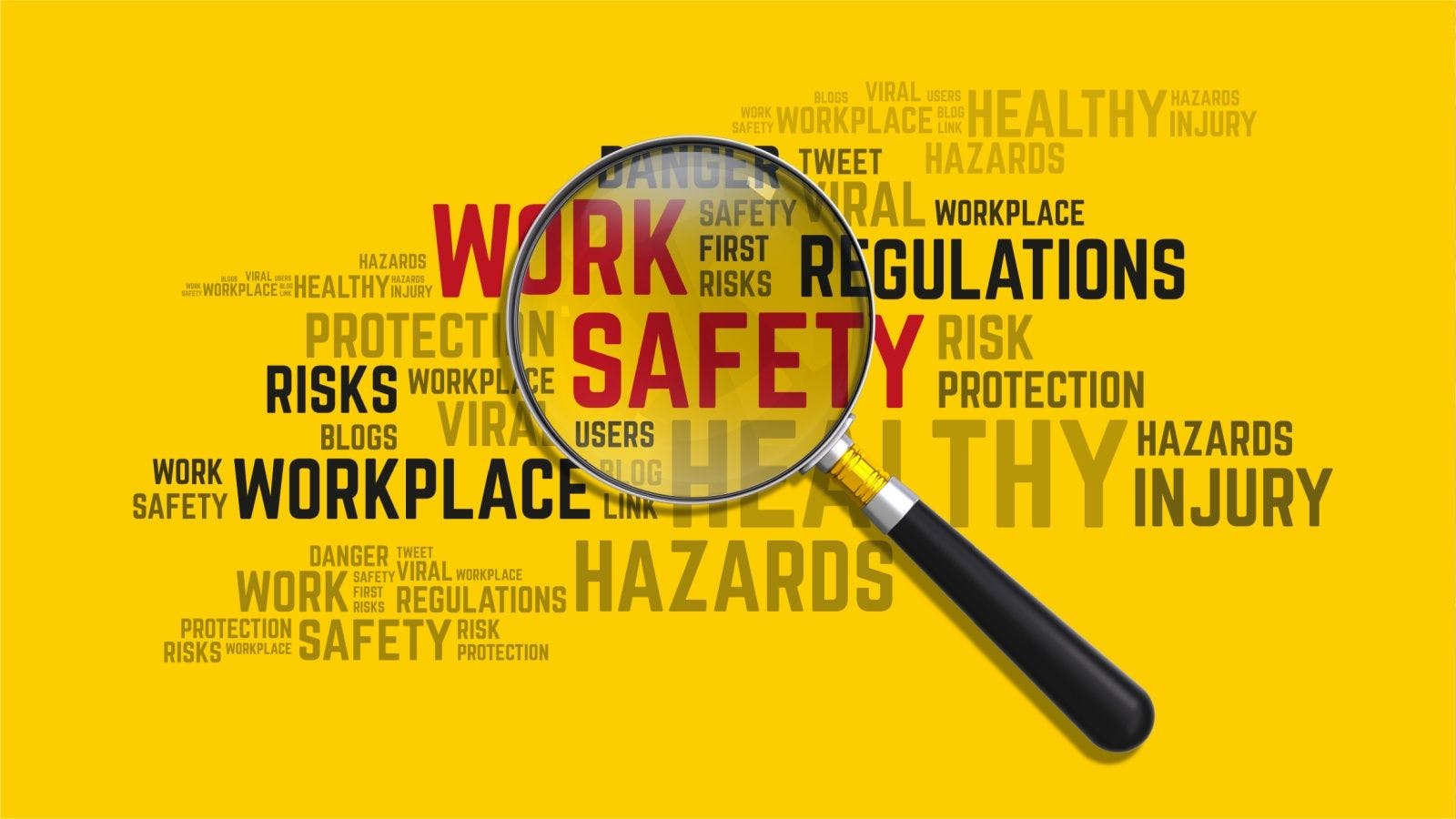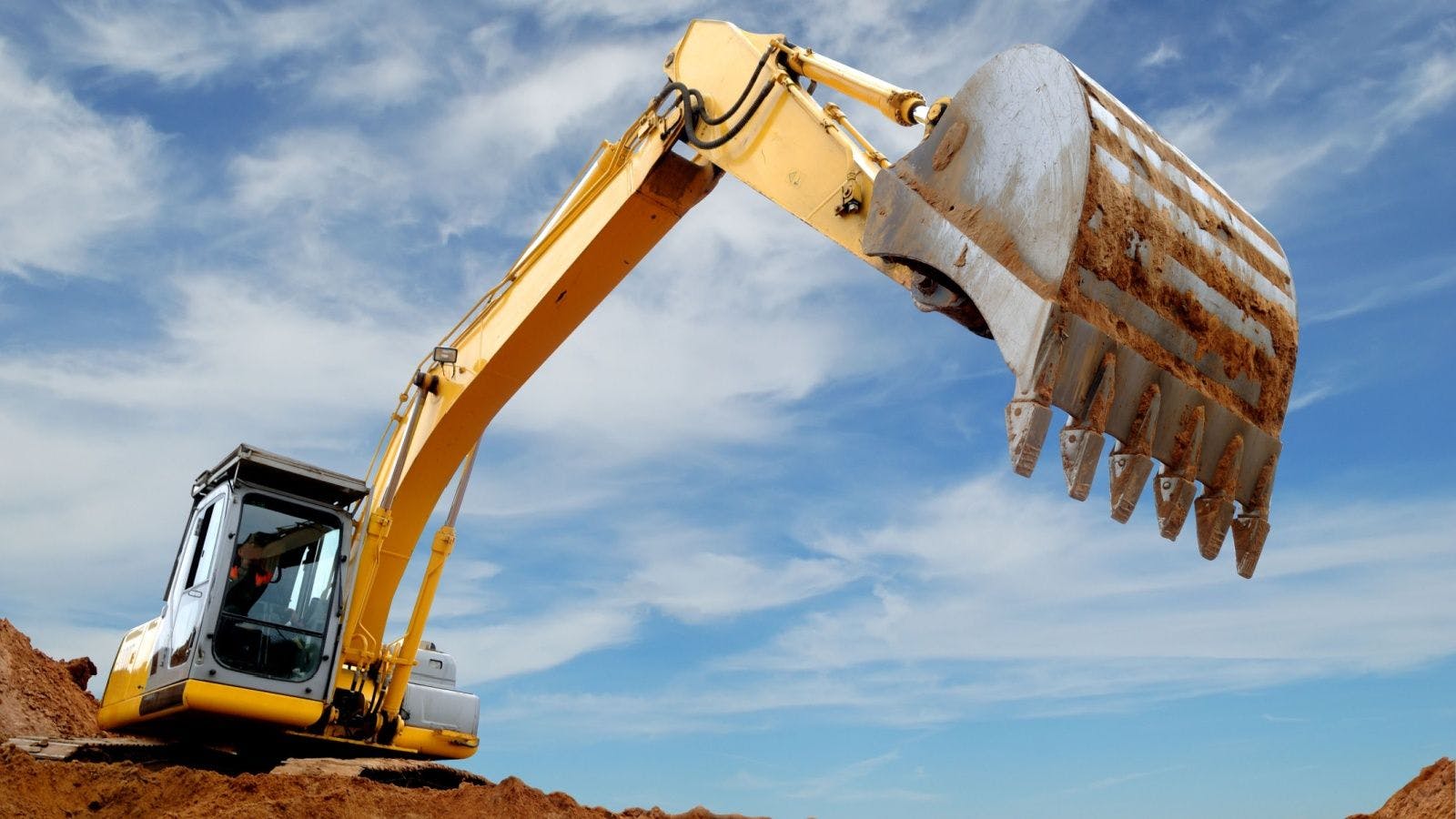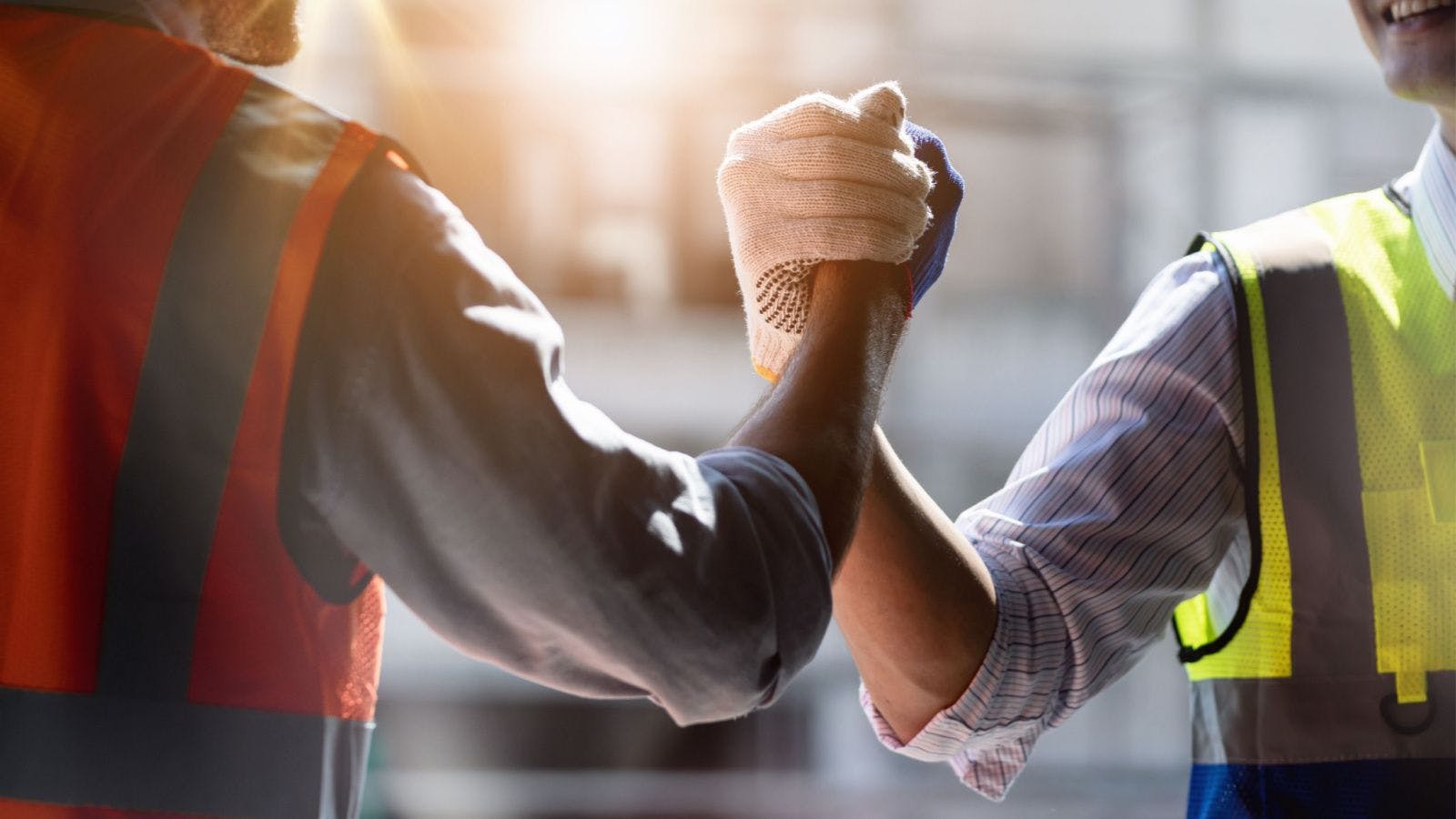
How Preventative Maintenance Improves Construction Worker Safety
Falls are the leading cause of death in construction and can cause serious trauma to the body at minimum depending on the height the employee is falling from. It can be difficult to spot hazards on a construction site when one is looking with an untrained eye, however, a quick sweep of most any construction site will reveal a great number of machines that need to be properly maintained and calibrated in order to continue to safely operate.
From the largest tower crane to the fleet of pickups used to haul materials between jobs, there are many pieces of equipment that need to have preventative maintenance performed in order to ensure that everything runs smoothly and safely.
Preventative Maintenance on Heavy Equipment
When it comes to performing preventative maintenance on most heavy equipment such as bulldozers, tractors and other large machinery, the manufacturer will set forth maintenance guidelines for the equipment that need to be adhered to. This includes oil and other fluid changes, tire pressure checks and ensuring that the battery hours are within specification to run and operate the unit.
Although most heavy equipment will be maintained per the machine hours, there are other preventative maintenance scheduled tasks on vehicles that will follow due dates based on mileage. This will include most passenger vehicles and other items such as yard jockeys. Drive belts, cooling systems and fuel levels need to be checked prior to operation, and lights and signals should all be in working order.
On construction sites, visibility is a must, and without safety lighting and signals, accidents are likely to occur. In addition, by checking the electrical switches and wiring on all equipment, electrocution hazards are neutralized on site. With maximum visibility in mind, all equipment should be checked to ensure all safety switches, signals and lights are in proper working order on a regularly scheduled basis.
Preventative Maintenance on Lifts and Cranes
While most lifts follow the general preventative maintenance (PM) guidelines on construction sites, the preventative maintenance on cranes can be much more in-depth and require much more regulation. Many construction sites use tower cranes, which are the easily recognizable, incredibly tall cranes used to move materials around the site. Winders, cables, ropes and chain are all part of the crane's components that should be regularly checked for wear or damage. No crane should be in operation unless all of the components are free of wear and visible damage, and the crane operator needs to be aware of any foot traffic in the area so that they can take proper precautions to avoid injury and property damage.
The initial crane set up and installation on the construction site needs to be performed by a licensed engineer with experience in the rigging and set up of the specific type of crane. Without the proper installation process by a certified individual, the integrity of the crane set up is questionable.
Preventative Maintenance on All Equipment With Levers and Controls
Mining and construction equipment, drilling rigs and other heavy equipment such as backhoes, utilize control levers and pedals in order to operate the machinery. If these control levers and pedals aren’t in proper working order, job site accidents can quickly occur. Throttle control cables can result in property damage or injury if they aren’t performing as they’re intended, and should be on a regular preventative maintenance rotation in order to ensure they’re inspected frequently.
Equipment in Disrepair is a Dangerous Situation
No machine can perform its own preventative maintenance tasks, and it requires more than installing a CMMS to track the due dates on PM work orders. The most important part of preventative maintenance programs on construction sites is actually implementing and maintaining the PM program. Without a detailed preventative maintenance program in place, equipment will quickly begin to fall into disrepair and safe operation is no longer guaranteed.
By ensuring that the CMMS system being used in the facility is adequate for the PM program needs and verifying that the equipment preventative maintenance tasks are up to date, the integrity of the machinery can be protected. The construction worker can safely operate the on-site equipment without fear of injury or accident taking place.
Raised in a construction environment, Talmage has been involved in heavy equipment since he was a toddler. He has degrees and extensive experience in civil, mechanical and industrial engineering. Talmage worked for several years as a field engineer with ExxonMobil servicing many of the largest industrial production facilities in the country.
Related stories








